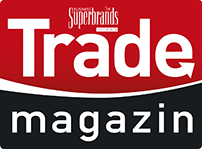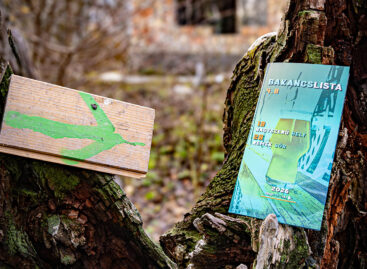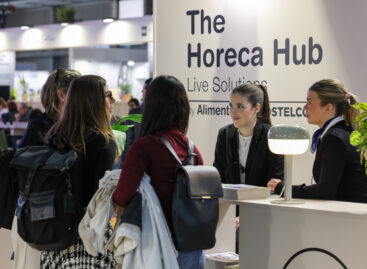Stabilizing premium segment, strengthening non-alcoholic offer – this is how the EU and domestic beer market developed in 2024
In 2024, the European Union Member States produced a total of 34.7 billion liters of beer, of which 32.7 billion liters contained more than 0.5% alcohol, while nearly 2 billion liters were low-alcohol or completely alcohol-free, according to Eurostat data.
Moderate growth, outstanding non-alcoholic expansion
 The EU production of alcoholic beers increased by 0.6% (0.2 billion liters) in one year, while the production of non-alcoholic and low-alcohol products increased by 11.1%, also by 0.2 billion liters.
The EU production of alcoholic beers increased by 0.6% (0.2 billion liters) in one year, while the production of non-alcoholic and low-alcohol products increased by 11.1%, also by 0.2 billion liters.
The production ranking is still led by Germany with 7.2 billion liters (22.2% of the total EU volume), followed by Spain (4 billion liters, 12.3%) and Poland (3.4 billion liters, 10.6%). In Poland, the turnover of non-alcoholic beers has increased by 250% since 2018, reaching two million hectoliters last year. The Netherlands (2.2 billion liters) and Belgium (2.1 billion liters) are also in the top 5.
On the export and import front
The Netherlands continues to lead the export with 1.5 billion liters, although this represents a 12% decrease compared to 2023. They are followed by Germany and Belgium (1.4 billion liters each), the Czech Republic (0.6 billion liters) and Ireland (0.5 billion liters). In terms of imports, France is the largest market (0.8 billion liters), followed by Italy, Spain, Germany and the Netherlands.
Hungarian market: slight correction, premium strengthening
After a 10% decline in 2023, the domestic turnover of the five largest domestic producers in the Hungarian market increased by 2.8% in 2024 to 5.55 million hectoliters. At the same time, domestic production decreased by 3.3%, remaining below five million hectoliters per year, while exports fell by half (184 thousand hectoliters). In contrast, imports increased by 20%, to 767 thousand hectoliters.
In domestic sales, the super premium and premium segments remained stable, the mid-range category also held its own, but the proportion of lower-end beers decreased further. Demand for non-alcoholic, reduced-alcohol and flavored non-alcoholic products continued to grow, driven by the rise of health-conscious and responsible consumption.
Related news
A special Christmas attraction in the Balaton Uplands: a barrel tree stood at the Stari brewery
🎧 Hallgasd a cikket: Lejátszás Szünet Folytatás Leállítás Nyelv: Auto…
Read more >How to get free beers at the trendiest places in Budapest
🎧 Hallgasd a cikket: Lejátszás Szünet Folytatás Leállítás Nyelv: Auto…
Read more >Related news
The HORECA sector joins forces with Alimentaria+Hostelco to mark the future of hospitality
🎧 Hallgasd a cikket: Lejátszás Szünet Folytatás Leállítás Nyelv: Auto…
Read more >Challenges of the retail sector: retail has become more crisis-resistant
🎧 Hallgasd a cikket: Lejátszás Szünet Folytatás Leállítás Nyelv: Auto…
Read more >How to avoid the hassles of online shopping?
🎧 Hallgasd a cikket: Lejátszás Szünet Folytatás Leállítás Nyelv: Auto…
Read more >






